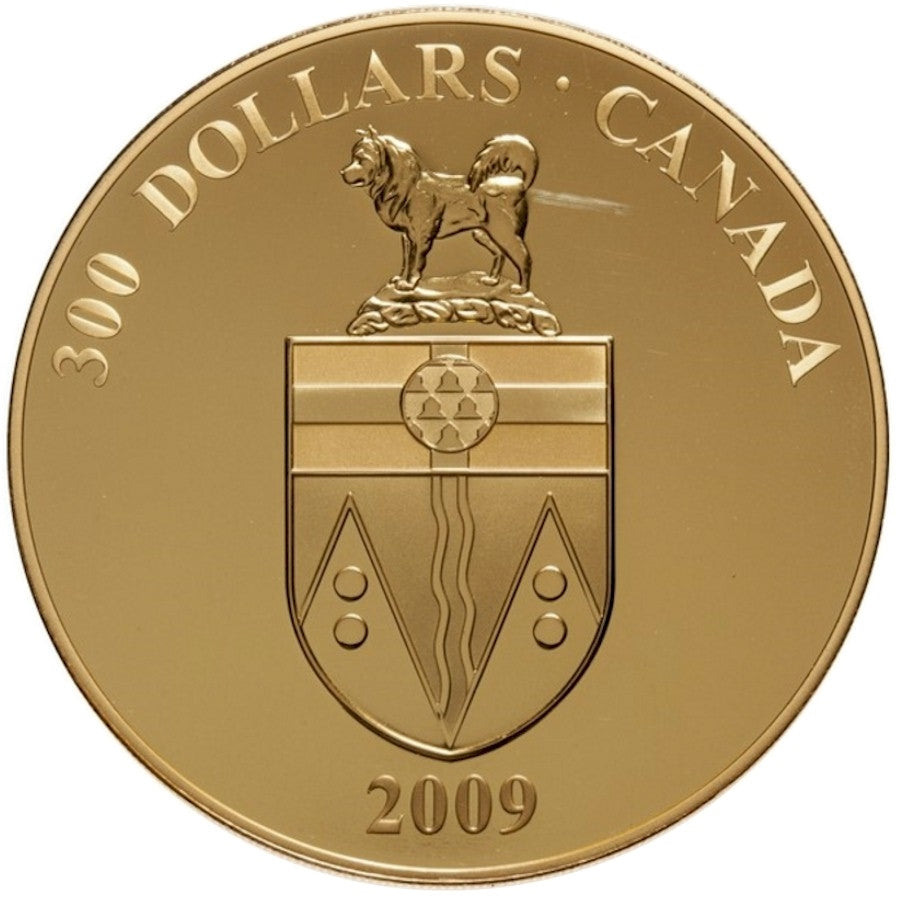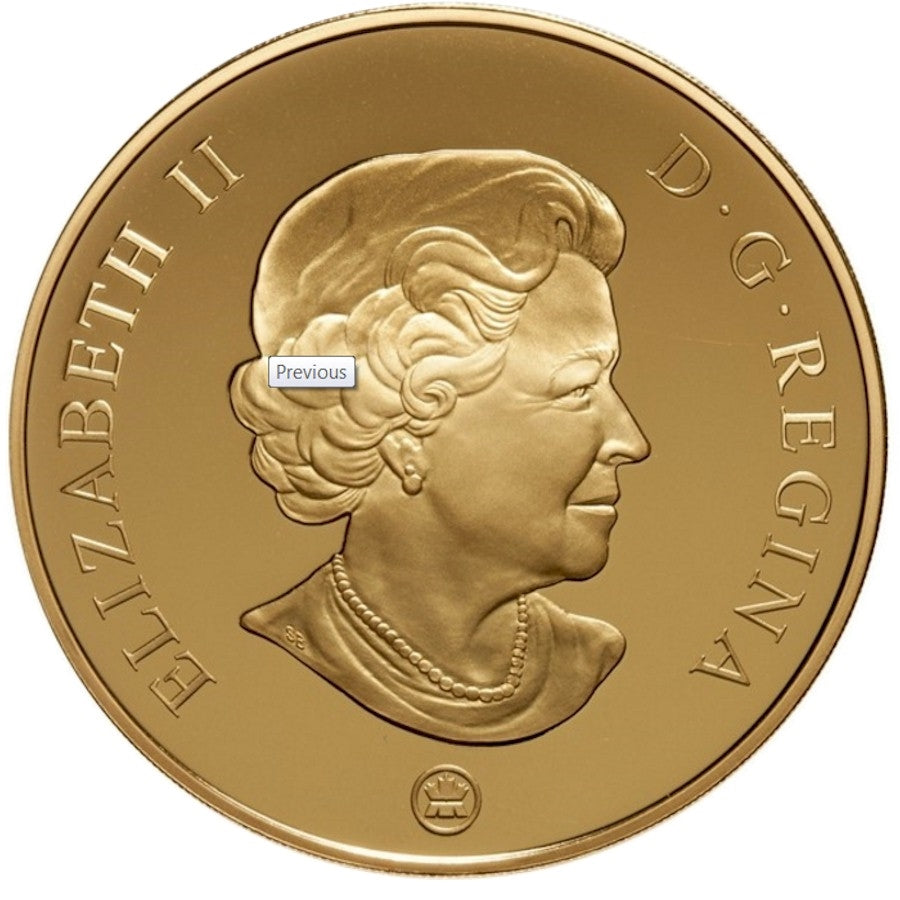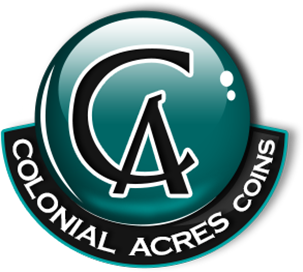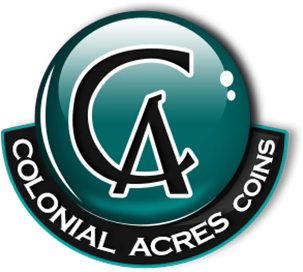Colonial Acres Coins
SKU: SKU:WDS-103879
2009 Canada $300 14-Karat Gold Coin - Yukon Coat of Arms (sleeve lightly worn)
2009 Canada $300 14-Karat Gold Coin - Yukon Coat of Arms (sleeve lightly worn)
Regular price
$2,099.00
Regular price
$2,500.00
Sale price
$2,099.00
Unit price
per
We buy at $0.00
◎ Not Available
Couldn't load pickup availability

FREE SHIPPING OVER $500
2009 Canada $300 14-Karat Gold Coin - Yukon Coat of Arms
During the Middle Ages, any knight who went into battle needed to distinguish friend from foe and would paint identifying marks on his shield. Later, these markings began appearing on military surcoats and cloaks worn by royal messengers.
This is how the Coat of Arms was born - a design of heraldic symbols created to represent a monarchy, a clan, a territory or nation. Even Canada, a nation formed long after the Middle Ages, has a Coat of Arms - as does every province and territory within its domain.
The Coat of Arms for Yukon includes a red, blue, gold and white shield. Above the Shield is a malamute standing on a mound of snow. This dog is also known as the husky and played an important role in the region's history.
The red triangular shapes at the bottom of the Shield represent Yukon's mountains with gold circles to symbolize its mineral resources. The wavy blue and white stripes at the centre of the Shield represent the rivers of the Yukon and the Klondike, scene of the 1897 gold rush.
St. George's Cross at the top of the Shield pays tribute to early English explorers, the patterned circle at its centre a heraldic symbol for the fur trade that spurred the development of the territory. This Coat of Arms was officially granted by Queen Elizabeth II in 1956. Special features:
Third in a series of Canada's provincial Coats of Arms.
During the Middle Ages, any knight who went into battle needed to distinguish friend from foe and would paint identifying marks on his shield. Later, these markings began appearing on military surcoats and cloaks worn by royal messengers.
This is how the Coat of Arms was born - a design of heraldic symbols created to represent a monarchy, a clan, a territory or nation. Even Canada, a nation formed long after the Middle Ages, has a Coat of Arms - as does every province and territory within its domain.
The Coat of Arms for Yukon includes a red, blue, gold and white shield. Above the Shield is a malamute standing on a mound of snow. This dog is also known as the husky and played an important role in the region's history.
The red triangular shapes at the bottom of the Shield represent Yukon's mountains with gold circles to symbolize its mineral resources. The wavy blue and white stripes at the centre of the Shield represent the rivers of the Yukon and the Klondike, scene of the 1897 gold rush.
St. George's Cross at the top of the Shield pays tribute to early English explorers, the patterned circle at its centre a heraldic symbol for the fur trade that spurred the development of the territory. This Coat of Arms was officially granted by Queen Elizabeth II in 1956. Special features:
Third in a series of Canada's provincial Coats of Arms.









